I have created an Active Directory in Azure and user management must be managed with a web application in Angular 14 with rxjs7 and with MSAL-Angular v2 and some APIs in Nodejs.
Now in this section of code, in the authority part: microsoft-authentication-library-for-js/samples/msal-angular-v2-samples/angular14-rxjs7-sample-app/src/app/app.module.ts
GitHubRepo: https://github.com/AzureAD/microsoft-authentication-library-for-js.git
export function MSALInstanceFactory(): IPublicClientApplication {
return new PublicClientApplication({
auth: {
clientId: '<ClientId>',
// Here:
authority: 'https://login.windows-ppe.net/common',
// authority: 'https://login.microsoftonline.com/common', // Prod environment
// End
redirectUri: '/',
postLogoutRedirectUri: '/'
},
cache: {
cacheLocation: BrowserCacheLocation.LocalStorage,
storeAuthStateInCookie: isIE,
},
system: {
loggerOptions: {
loggerCallback,
logLevel: LogLevel.Info,
piiLoggingEnabled: false
}
}
});
}
So much this: 'https://login.microsoftonline.com/common' or this 'https://login.windows-ppe.net/common' They are for common accounts in general and any account that exists in Microsoft can be logged in and not just the users that I have registered in my directory.
How can this search or login be restricted so that only users who are in the directory can be accepted?
Since I don't register them, I just log in and when I get their profile, they don't get the data that doesn't exist in the directory.
In the code obtained from GitHub, I only made the changes of the client id and I was trying several links in the authority thinking that in this part it should go to obtain specifically the directory of my tenant created in Azure.
And also how you can add the user flows that are created in B2C so that you can get not the Microsoft login but the one you customize with HTML and CSS. Since in previous versions there was the option to add the policies.
As in this another example offered by Azure with Angular 11:
Path: ms-identity-javascript-angular-tutorial/1-Authentication/2-sign-in-b2c/SPA/src/app/auth-config.ts
GitHubRepo: https://github.com/Azure-Samples/ms-identity-javascript-angular-tutorial.git
export const b2cPolicies = {
names: {
signUpSignIn: "b2c_1_susi_reset_v2",
editProfile: "b2c_1_edit_profile_v2"
},
authorities: {
signUpSignIn: {
authority: "https://fabrikamb2c.b2clogin.com/fabrikamb2c.onmicrosoft.com/b2c_1_susi_reset_v2",
},
editProfile: {
authority: "https://fabrikamb2c.b2clogin.com/fabrikamb2c.onmicrosoft.com/b2c_1_edit_profile_v2"
}
},
authorityDomain: "fabrikamb2c.b2clogin.com"
};
